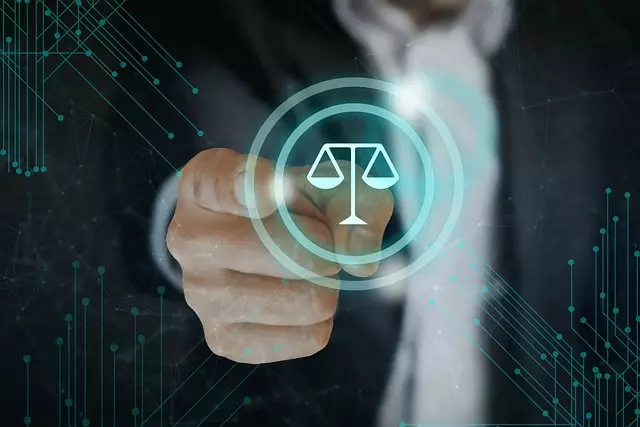- Understanding Burn Injuries in the Workplace: Legal Aspects
- – Definition and causes of burn injuries in a professional setting
- – Common types of burns: thermal, chemical, electrical, and radiation
Understanding Burn Injuries in the Workplace: Legal Aspects

Burn injuries in the workplace can have severe physical and emotional consequences for victims. These injuries often require extensive medical treatment, rehabilitation, and ongoing care, leading many to seek legal counsel from a Burn Injury Lawyer Manhattan. When an employee sustains a burn while on the job due to another party’s negligence or unsafe working conditions, they may be entitled to compensation for their damages.
Understanding the legal aspects of burn injuries is crucial for both victims and employers. New York state laws hold employers responsible for providing a safe work environment, including implementing proper safety protocols and training employees to prevent accidents. If an employer fails in this duty, it can lead to significant liability when an employee suffers burns or other workplace injuries. A Burn Injury Lawyer Manhattan will help navigate these complex legalities, ensuring that victims receive the justice and financial support they deserve for their pain, suffering, and related expenses.
– Definition and causes of burn injuries in a professional setting

Burn injuries in professional settings can occur due to a variety of causes, often resulting in severe physical and emotional trauma. These accidents can be caused by exposure to heat sources such as hot liquids, fire, or heated equipment, as well as chemical burns from corrosive substances. At the workplace, especially in industries like manufacturing, construction, and healthcare, workers are at a higher risk of sustaining burn injuries due to the nature of their work.
A Burn Injury Lawyer Manhattan can assist employees who have suffered such accidents by helping them navigate legal complexities and seek fair compensation for medical expenses, pain and suffering, lost wages, and other related damages. It’s crucial for victims to promptly report these incidents and document all details, including witness statements and photographs of the injury and surrounding environment, to strengthen their case.
– Common types of burns: thermal, chemical, electrical, and radiation

Burn injuries are among the most devastating and common workplace hazards, with multiple types affecting workers across various industries. Understanding these different types is crucial for anyone seeking legal counsel from a Burn Injury Lawyer Manhattan in case of an accident. The first category is thermal burns, caused by exposure to high temperatures, such as hot liquids, steam, or fire. These can result in severe skin damage and even internal injuries.
Next are chemical burns, which occur when the skin comes into contact with corrosive substances like acids, bases, or certain chemicals. They can cause not only painful skin irritation but also severe tissue damage if not treated promptly. Electrical burns are another significant concern, arising from exposure to electric current, voltage, or arc flash. These often lead to complex injuries affecting both the body and the nervous system. Finally, radiation burns, while less common, occur due to excessive exposure to ionizing radiation, leading to damage of the skin and underlying tissues. If you or a loved one has suffered from any of these burn types in a workplace accident, consulting with a qualified Burn Injury Lawyer Manhattan can provide critical support for your legal rights and medical needs.
If you’ve suffered a burn injury in the workplace, it’s crucial to understand your legal options. A Burn Injury Lawyer Manhattan can help navigate the complexities of these cases and ensure you receive the compensation you deserve. Remember that various types of burns – thermal, chemical, electrical, or radiation – all have unique challenges and legal implications. Take a dive into your rights and don’t let navigating the legal system add to your stress during this difficult time.
